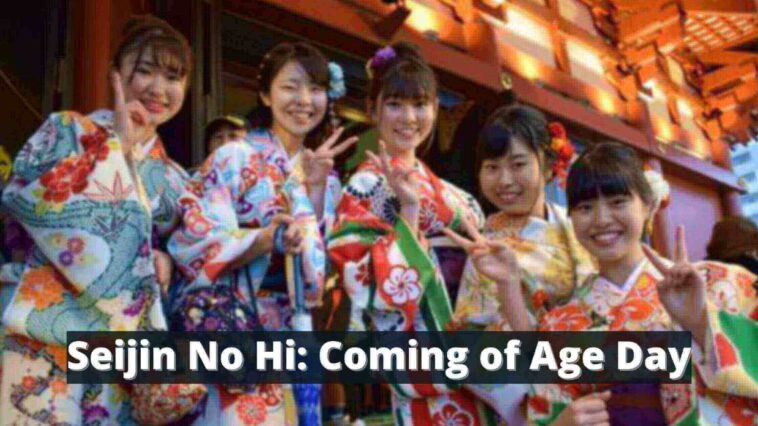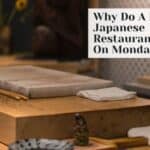Japan’s Seijin No Hi is one of the main celebrations around the country. Read further to know more about it!
January is the month of celebration – the Japanese holiday season. But if you’re in Japan, even after the high of the New year celebrations die down, you have the Seijin No Hi culture is something to look forward to as a Japanese!
What is Seijin No Hi?
Seijin No Hi or Coming of Age Day is one of the most important Japanese holiday. Seijon No Hi is celebrated on second Monday of January. The festival celebrates and welcomes the youth to adulthood. It’s celebrated to remind the children turning adults about their responsibilities and maturity. On this day both adult men and women wear Japanese traditional dresses. The next Seijin No Hi celebration is on January 9th 2023.
Related: Check out what is Obon and how the Japanese celebrate it!

Held on the second Monday in January once a year, this festival is to celebrate all those who turned 20 years old between April 2nd of the previous year and April 1st of the current year.
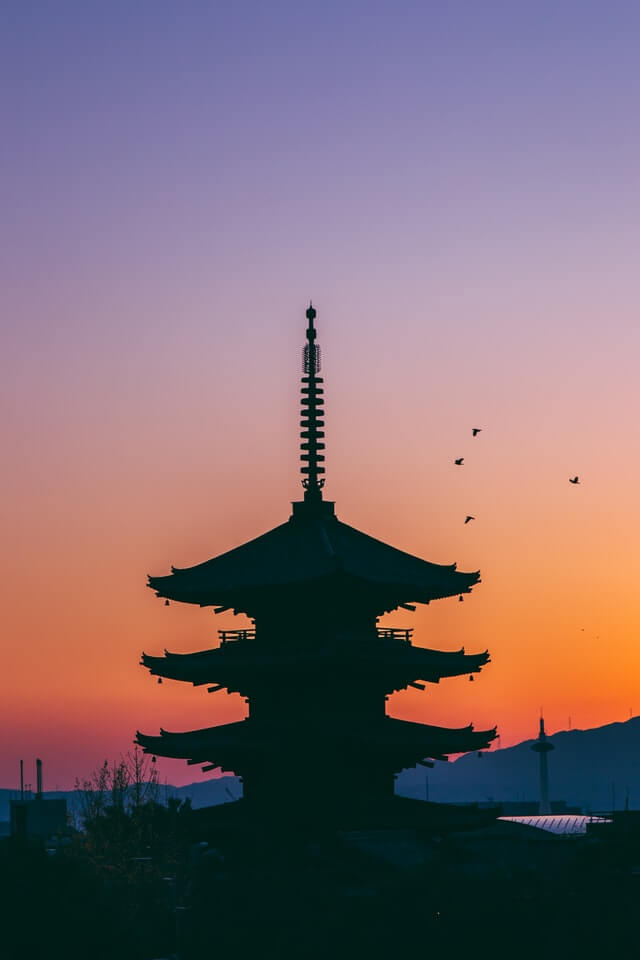
Turning 20 indicates that they are adults and this is kind of a rite of passage for the youth of Japan. 20 is considered the age of maturity and it is the official age of the adults in the country.
Seijin No Hi’s meaning is simple, it’s coming of the age day and in Kanji, Seijin No Hi is written 成人の日 this way.
Related: Check out the Guide to Japanese Halloween Obon festival, the most important celebration in Japan!
Why Is Seijin No Hi Celebrated?
Seijin No Hi translates to “Coming of Age” and marks an important time in a person’s life. This is when the young generation of Japan transitions from their childhood into adulthood.
A national holiday is declared on the day of the Seijin No Hi and you will see everybody flocking towards the local city hall for speeches and celebrations.
As it is in many cultures, Seijin No Hi marks the end of a person’s childhood and the beginning of a time when they can live their lives by themselves. Adults and elders also use this day to pass on advice to the younger generation.
Related: Check out how Hinamatsuri Girl’s Day Celebration takes place in Japan honouring the girls!
Entering adulthood does not only mean that they now have the freedom to vote, drink alcohol, smoke and drive, but it is also about taking on more responsibility and living their lives as good citizens.
The decisions they make must be well thought out, the choices they make must be taken consciously and they must focus on building a good future for themselves.
Related: Gift the Nengajo New Year’s Card to your friends and family, here’s your guide!
History of Seijin No Hi
After World War II, Japan was rebuilding itself. In the year 1948, Seijin No Hi was held for the first time in Warabi City to motivate the younger generation and offer them hope for the future.
Later, all the other cities and districts followed suit and began conducting this ceremony for the people turning adults that year.
However, Seijin No Hi has its roots in the early 700’s. A young prince, during the Nara period, is said to have removed his hair and changed the way he dressed as a symbol that he had outgrown his childhood and had entered adulthood.
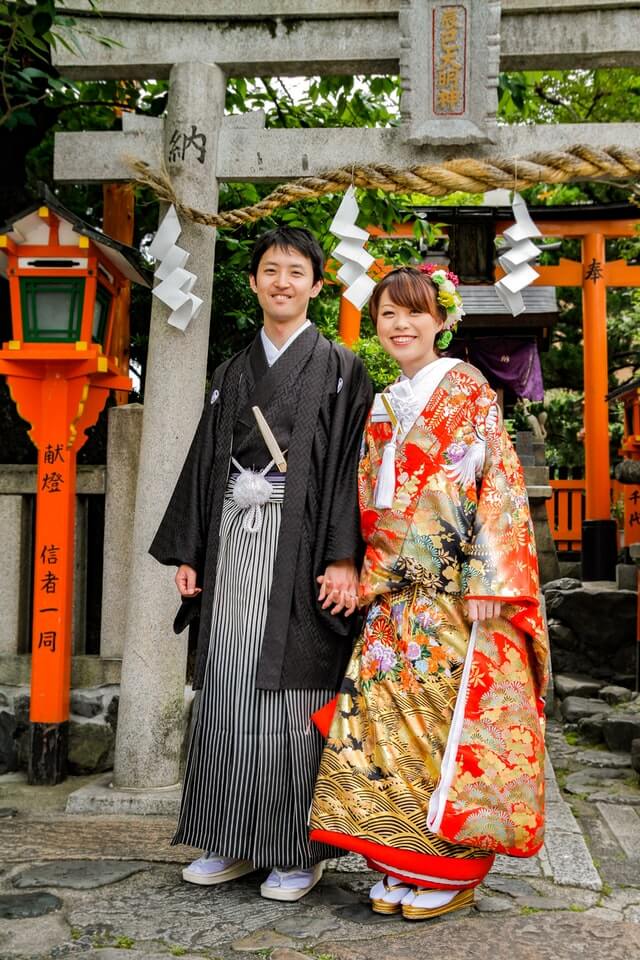
Related: Here’s a guide to Omamori, the Japanese lucky charm, check how to keep it with you!
Though this story is not confirmed, many Japanese believe in this fable. However, it is true that an event called Genpuku was held around the same time where children of aristocrats and the upper class went through a ceremony where their clothes were changed and they were declared adults.
In some cases even their names were changed to a more adult one. This usually took place between the age of 10 and 20 years, and Seijin No Hi could possibly have its origins from this practice.
In the beginning, Seijin No Hi was celebrated on January 15th of every year. But with Japan enforcing the law that they need more holidays and vacation time, the day was changed to the second Monday of January every year, making it a long weekend.
Related: Here’s your guide to Kodomo No Hi Chlidren’s Day Celebration in Japan!
How is Seijin No Hi Celebrated?
Seijin No Hi is a celebration that is colourful, cheerful and truly something you must not miss witnessing. If you’re visiting Japan, try and go during the month of January so that you get the experience of adulthood in Japan and don’t forget your camera.
You will see lots of young Japanese dressed in traditional attire and the whole mood is vibrant and very exciting.
This national holiday is celebrated in the local city hall by the local government or municipality and is meant for all the participants registered in that particular area. If it is not possible to conduct the event in the city hall, it is held in one of the city’s school gyms.
Related: You know why Japan is obsessed with Kawaii? Click here to know more!
This event also is yet another evidence of the fact that the Japanese like to be a close knit community and that the society is very important. The ceremony is called Seijin Shiki or, the Ceremony of Adulthood.
One of the highlights of the event is that it is presided over by the Mayor of the city or the district. The mayor also gives a speech which congratulates and encourages all the “new” adults” to follow the right path, responsibly.
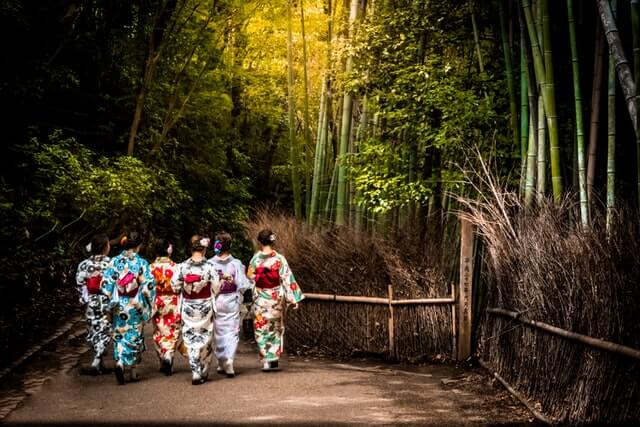
The mayor’s speech is often followed by speeches by other established people in the city. Most times, small gifts or souvenirs are given to all the participants.
In many of the urban cities and big districts, live performances are held. Seijin No Hi is a time where you will be able to enjoy fantastic musicians performing for the occasion. This is also something that brings a lot of people out to the streets.
The press and media coverage for the Seijin No Hi is very good, so if you are unable to step out for the event, be sure to turn on your TV.
(One downside is that the press also ends up covering anything that goes wrong at the event, for instance, the newly turned adults causing hooliganism after a few drinks go down. More on that, later.)
Related: Check out this guide that will help you in finding omamori ofudas for your New Year!
No event or ceremony in Japan is complete without paying respects at a shrine. Many parents and elders take their new adult children to a shrine of their liking and offer prayers for their good future and wellbeing.
If parents are unable to accompany them, you will witness the participants in groups visiting nearby shrines to pray. This is a day that is not to be forgotten and you will see many families capturing the memories by taking lots of pictures, both at the event as well as in the shrines.
The day of the Seijin No Hi ceremony does not end just after the event. After the speeches, lectures and the live performances, the evening is still young and it is the time to party.
Related: Check out the traditional Japanese New Year’s feast Osechi Ryori that has beautiful meanings!
A lot of young people organise house parties where the alcohol flows quite freely. Those who don’t have the advantage of privacy in their homes catch up with their friends outside and go to a bar or a restaurant.
Remember, turning 20 also means that the new adults now have the freedom to consume alcohol. Sometimes, in the big cities, this does turn into a rowdy event with a lot of alcohol being consumed, especially when they reunite with their childhood and school friends.
The police keep a strict eye for behaviour that might cause public nuisance and make arrests as well when required.
Seijon No Hi Food
Seijin No Hi food includes Sake kit kats, Yuzu Sake candies, Takoyaki Tei corn puffs, Ofu smoked puffs etc, it’s all so good. Food is probably the best part about the Seijin No Hi ceremony.
Related: Check out the Yurei Ghost tales that will chill your spine!
Ceremonial Dress Chosen for the Seijin No Hi
Seijin No Hi is the day to be happy and no stone is left unturned. Young Japanese, no matter how they dress on a regular day, find traditional clothes to wear for the ceremony. Young women wear the Japanese kimono in lovely fabrics and beautiful colours.
These are designed and tailored to the person’s liking. Many of them wear a Furisode, a type of kimono that is usually worn by unmarried girls. January is a cold month and it’s still winter, so it isn’t unusual to find the girls wearing a warm scarf to keep out the chillness.
On the day of the Seijin No Hi, the participating women get their makeup and hair done. It is common to see elaborate hairstyles with colourful flowers and pretty accessories decorating them.
Related: Check out how Japanese weddings are different from the west!
This has become a big deal of late with a lot of hair salons and makeup artists advertising several months before the D day. These salons and beauticians offer a lot of package deals that are quite attractive.
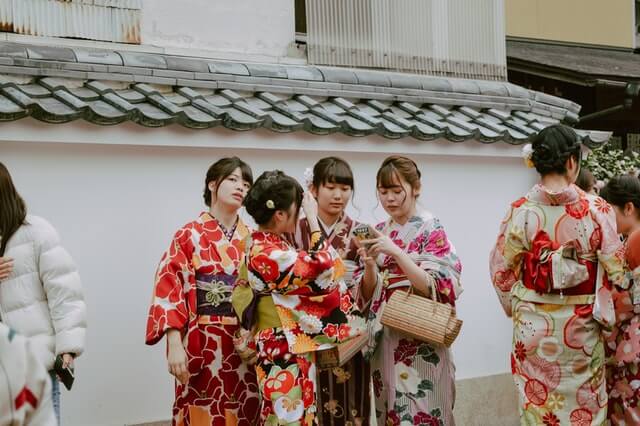
Young men also wear traditional Japanese Hakama. This is a long, flowy, skirt like pants that used to be worn by the samurais.
This is worn by men over their kimono and is designed in luxurious fabrics. But, with the western influence, you might see a lot of young men wearing a nice suit as well.
These days, the younger generation are trying to keep it light and use the occasion to wear clothes and their hair in a very retro style.
Related: Check out why the Japanese prefer pets to parenthood than babies!
Changes to the Seijin No Hi
There has been a debate in the government and an urge to bring down the adulthood age from 20 to 18. As of next year (2022), the official age of adulthood will be 2 years lower and Seijin No Hi will be celebrated for all those who complete 18.
But, keeping in mind that these young adults need to be responsible, the official age to be able to smoke, drink alcohol and gamble will still be held at 20.
Since the 18 year olds in Japan would be just completing their high school, this would be a rather busy and stressful time in their lives because of entrance exams to get into the best universities and making other life choices that would decide their career and future – most people are still celebrating Seijin no hi when the person turns 20.
Some other ways of celebrating Seijin no hi is to visit shrines or temples. However, the young Japanese crowd is showing less interest in the traditional ways of celebrating Seijin No hi. In recent years, celebrating Seijin No Hi in Disneyland Tokyo has become very popular. Other common and favorite amongst Japanese youngsters is to celebrate their Seijin no hi at izakaya pubs!
Related: Here’s the Japanese lucky charm you need to know about: Teru Teru Bozu!
Transitioning into adulthood is an occasion that is celebrated by many cultures, especially in the East. Different cultures have their own ways of commemorating the event and the Japanese do it fantastically.
Seijin No Hi is well balanced with advice from adults, beautiful attire, a visit to the shrine, catching up with friends and even some late evening partying to end the day on a high note!
Why is Seijin No Hi Important?
Seijin no hi is an important day for those turning 20 in Japan as it’s a festival to celebrate the young ones coming into adulthood. This is the age when the Japanese attain the right to vote, drink, and even drive. So any Japanese person who turned 20 the past year will take part in the Seijin no hi celebrated on every 2nd Monday of January.
Coming of age day Celebration in Japan
Japan’s so good with celebrations, even adulthood is celebrated with enthusiasm. Hop to Japan in the month of January to celebrate the most exciting festival for most people!
Also Read:


